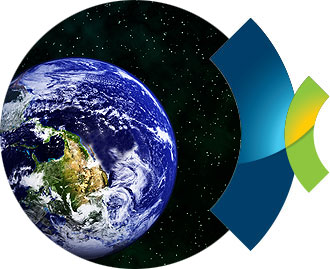Energy and Greenhouse Gas Emissions
(GRI EN3; EN4; EN16; EN17; EN19; EN20)
The chart below shows CTEEP's energy consumption (fuel and electric energy) and greenhouse gas emissions (GGE).
| Fuel | |||
| Consumption in liters | Consumption in gigajoules | Direct Emissions in metric tons of CO2e | |
| Gasoline | 476.641 liters | 15.739,41 GJ | 875,59 t CO2e |
| Ethanol | 22.482 liters | 506,07 GJ | 0,30 t CO2e |
| Diesel Oil | 368.779 liters | 13.444,12 GJ | 939,75 t CO2e |
| Subtotal | 867.902 liters | 13,950.19 GJ | 1,815.64 t CO2e |
| Electricity | |||
| Consumption in kWh | Consumption in gigajoules | Indirect emissions in metric tons of CO2e | |
| Headquarters | 522,090 kWh | 1,879.52 GJ | 15.35 t CO2e |
| 65 Substations | 25,933,791 kWh | 93,361.65 GJ | 762.45 t CO2e |
| Subtotal | 26,455,881 kWh | 95,241.17 GJ | 777.80 t CO2e |
Energy
Electricity consumption at substations is managed currently by the Maintenance Department through EMS, which covered 65 substations in 2013 (20 more than in 2012). In turn, the Supplies Department is responsible for managing the fuel consumed by CTEEP's owned and rented vehicles, as well as electricity consumption at the Headquarters.
It is worth noting that emergency assistance groups (GAEs) powered by non-renewable energy sources (diesel oil) are put into action whenever power supply is interrupted at substations. However, there is no specific routine for recording the use of this material, except for purchasing records, which do not reflect the amount effectively consumed by equipment during the year.
GHG Emissions
The greenhouse gas emissions reported here resulted from fuel consumption by the Company's own and rented motor vehicles and power consumption at the headquarters and substations.
They do not comprise emissions of SF6 (sulfur hexafluoride), a gas used as an insulator in electric equipment, and Freon, a gas used as coolant in the Company's air conditioning systems, even though these gases account for most of CTEEP's emission in terms of volume of CO2 equivalent.
These gases were not included because new procedures for the use and control of SF6 and Freon started being introduced in 2013 in response to a perceived need for improved monitoring of greenhouse gas emissions.
These procedures will be fully implemented during 2014. To that end, the Company has also reviewed the related forms and had all the gas currently in the inventory weighed to make the existing data uniform and eliminate any discrepancies.
This effort is part of an Action Plan related to ISO 26000 - Guidelines for Social Responsibility and is in the final stage of implementation. In addition to SF6 and Freon, CTEEP is planning to include other emission sources (probably from Scope 3) in the 2014 report after structured and standardized monitoring.
Energy transmission activities produce no significant SOx and NOx emissions, which are, therefore, not reported here.

